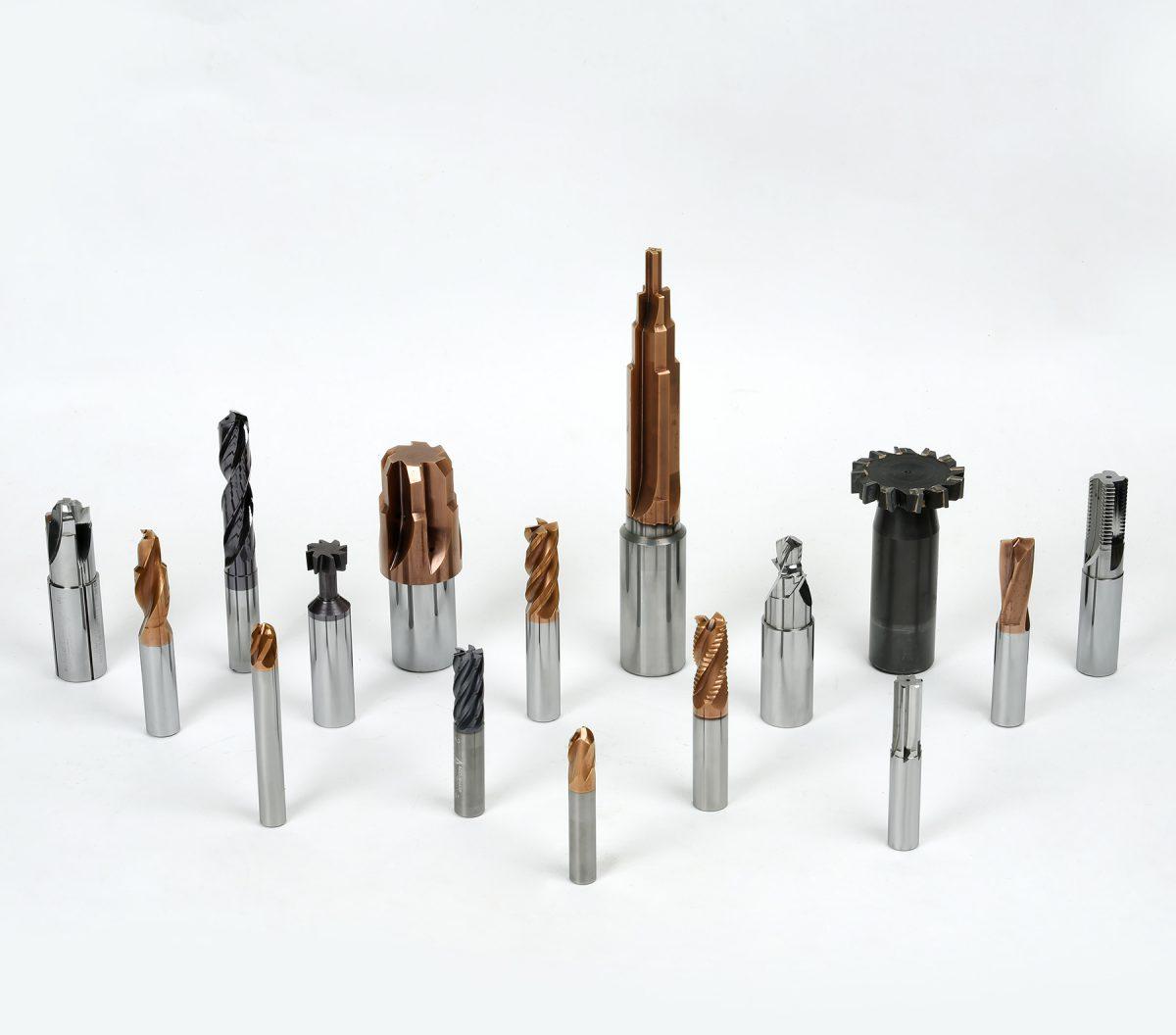Machining is a process used in the manufacturing industry. The surplus material job is gradually removed in this manner by shearing from a prefabricated blank in the form
Of a chip. The cutting tool is a strong, sturdy, and oblique or wedge-shaped tool used in machining to compress the material and shear off the surplus layer.
Cutting Tool:
Cutting tool is a wedge-shaped device with a sharp edge that is used to shear off extra material layers from a workpiece to give it a specific size, shape and precision. It’s firmly attached to the machine tools.
Different mechanical arrangements to execute the cutting action encourage a
Relative velocity to operate between the cutting tool and the workpiece.
Cutting tools are used for cutting operations in machining technology, as their name suggests The cutters can be utilised in a variety of machining processes.
As a result, the cutters have been called for their distinct machining functions.
The following is a list of commonly used cutting tools:
Many types of Cutting Tools:
- Drill
- Solid Carbide Drill
- Solid Carbide Endmill
- Gun Drill Tool
- Single Point Turning Tool
- Milling Cutter
- Shaper
- Reamer
- Broach
- Brazed Carbide Tools
- Boring Bar
- Thread Mill Cutter
- Grinding wheel
- Hob
- Special Tools
Cutting Tool Industry
Cutting Tools Industry is classified into two categories.
- HSS (High –Speed Steel ) cutting tool manufacturers
- Carbide cutting tool manufacturers
Carbide cutting Tools
For the last few decades, carbide cutting tools and inserts have been the most
Extensively used tools in the machining industry.
However, have you ever pondered what Carbide is and why Carbide Cutting Tools have grown so popular? Carbide is a chemical compound made up of carbon and an element that is less electronegative than carbon.
Carbide cutting tool is divided into the following categories:
- Tungsten, Titanium, Cobalt, Tantalum, or Vanadium are examples of less electronegative metals that can be used to make metal carbides.
- Carbon compounds with less electronegative non-metals such as Boron, Calcium, or Silicon are known as non-metal carbides.
Metal carbides are utilised in cutting,drilling, grinding, abrasives, and polishing tools because of their great hardness and endurance to high temperatures.
Tungsten Carbide, or Carbide these days, is a compound of Carbon and Tungsten that has revolutionised the Machine Tool Industry in recent decades by giving greater cutting speed and feed rate as well as a longer tool life span than previous competitors.
Advantages of Carbide Cutting Tool
- Abrasion resistance is remarkable in carbide tools.
- Carbide tools on workpiece/parts machines produce a high-quality surface finish.
- When compared to HSS tools, carbide tools may be worked at speeds that are roughly 6 to 8 times faster.
- Catering and thermal deformations are not a problem for the Carbide cutting tool
- When compared to other materials like HSS, carbide tools have high wear resistance, allowing the user to operate the tool at higher speeds and for longer periods of time.
- Carbide cutting tools are capable of machining. Steel that has been hardened.
- Carbide cutting tools outperform their steel counterparts in terms of value for money.
- Carbide Cutting Tools with tipped tips can be simply replaced for continued usage.
- Carbide Cutting Tools are used to cut and shape highly reactive metals or in such conditions because of their chemical inertness.
Application Industry
- Automotive Industry
- Aerospace
- Medical Equipment Industry
- Construction
- Die and Mould
- Power generation
- Oil and Gas
- General Engineering
- Textile
- Machine tool industry
Well, that was all about the Cutting tools, Carbide cutting tool, Cutting tool industry and their benefits & their respective applications industry If you're new to machining, this article can help you get started by teaching you all you need to know about Cutting Tools, Carbide Cutting Tools, which are the used in the Machine tool industry.

